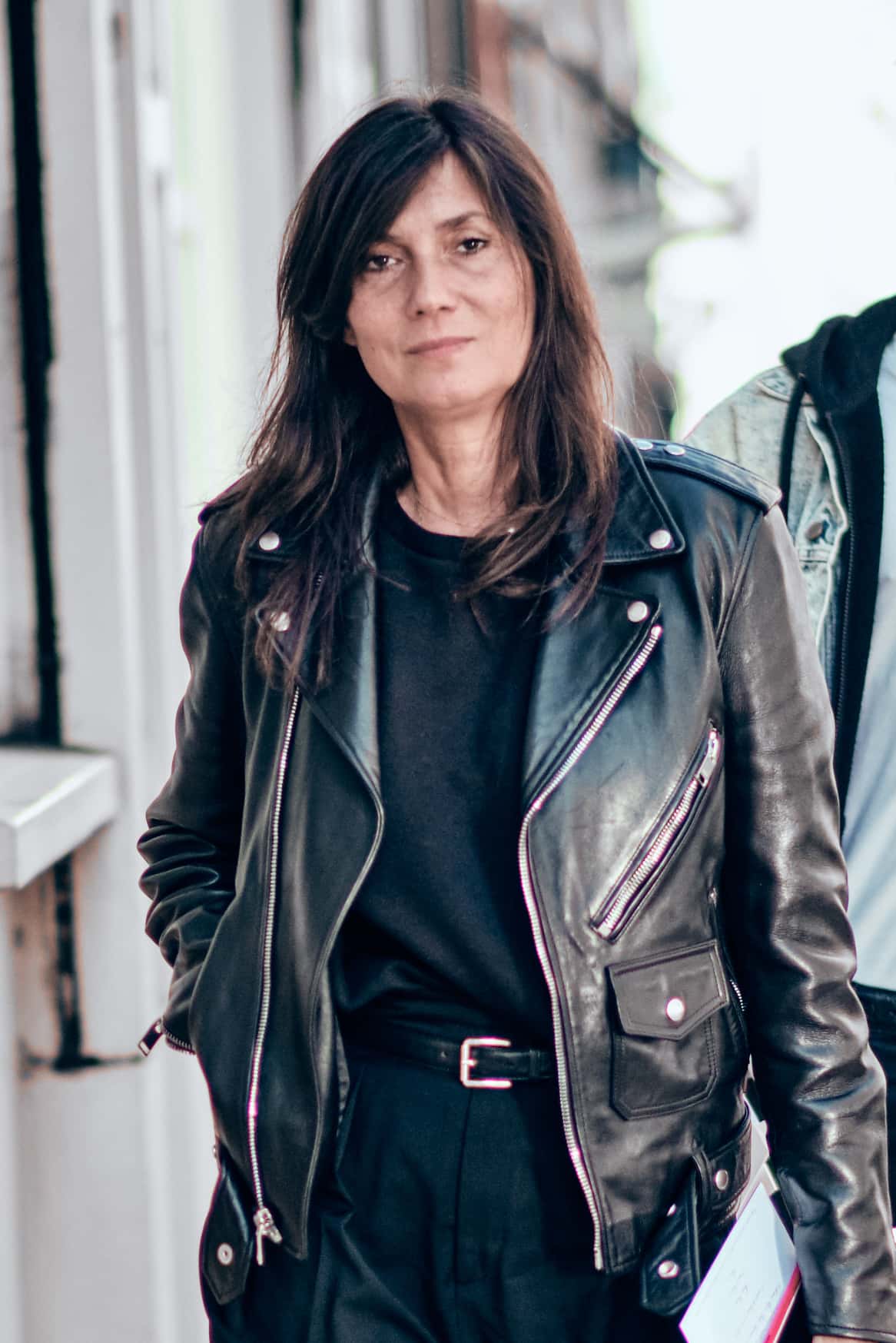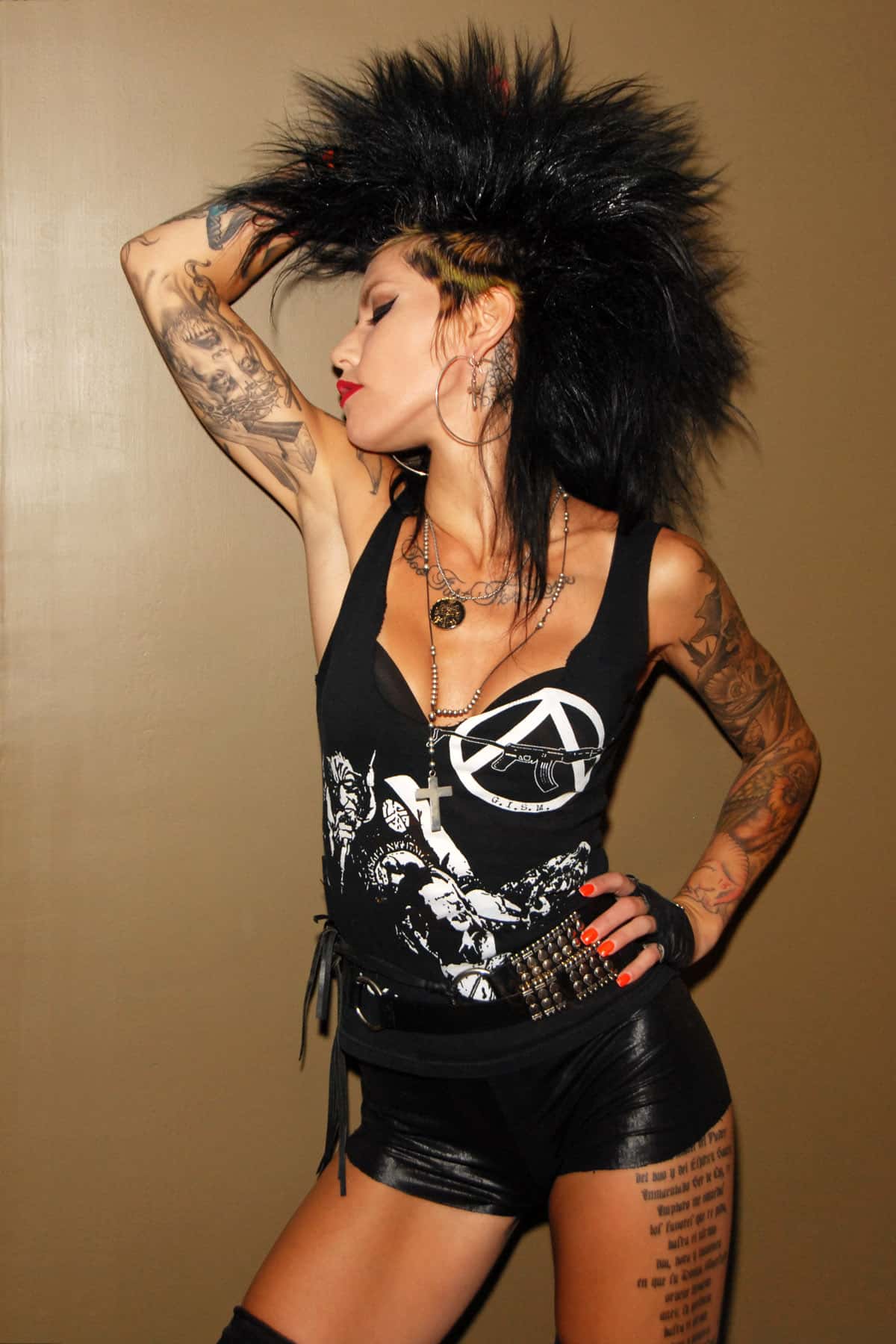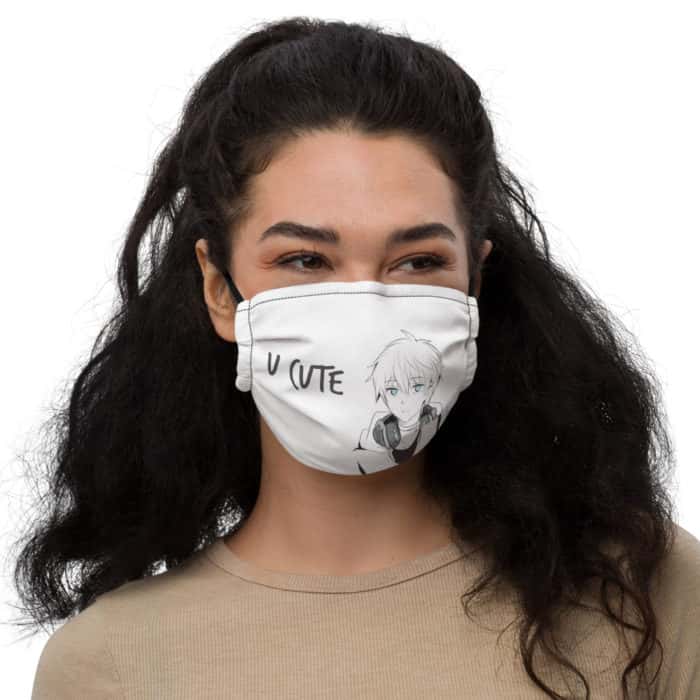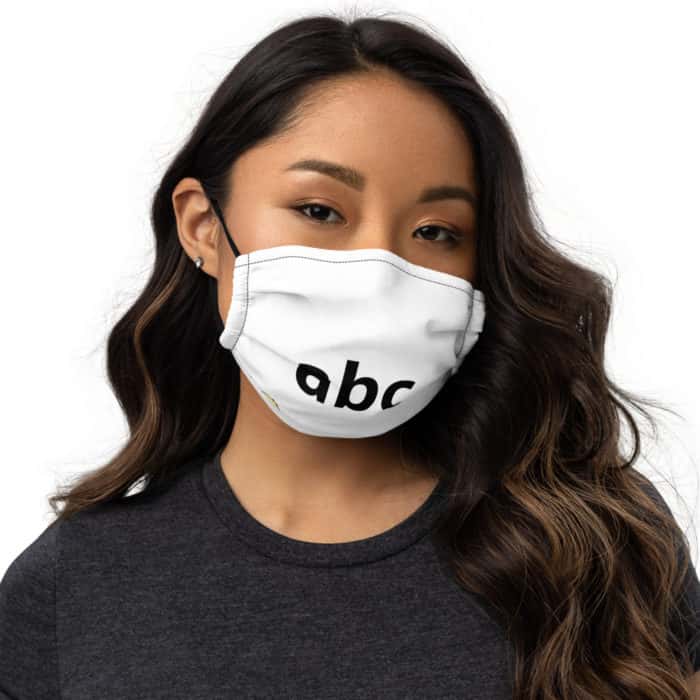Alternative fashion is a unique and unconventional approach to clothing that challenges traditional norms and embraces individuality. With its rebellious spirit and avant-garde aesthetics, alternative fashion offers a refreshing departure from mainstream styles, allowing individuals to express their creativity and non-conformity through their personal style choices.
When did alternative fashion first emerge as a distinct style?
Alternative fashion emerged as a distinct style in the late 1970s and early 1980s. It was a rebellious response to the mainstream fashion of the time, which was dominated by preppy and conservative styles. Alternative fashion sought to challenge societal norms and express individuality through unique clothing choices.
During this time, punk and goth subcultures played a significant role in shaping alternative fashion. Punk fashion embraced DIY aesthetics, ripped clothing, safety pins, and bold hairstyles, while goth fashion incorporated dark colors, Victorian-inspired clothing, and dramatic makeup.
As the decades progressed, alternative fashion continued to evolve and incorporate influences from various subcultures such as grunge, cyberpunk, steampunk, and emo. Today, it has become a diverse and eclectic style that encompasses a wide range of subgenres.
Influences:
- Punk subculture
- Goth subculture
- Grunge movement
- Cyberpunk aesthetic
- Steampunk subculture
- Emo subculture
Punk Subculture:
The punk subculture emerged in the 1970s as a response to social and political issues. Punk fashion became synonymous with rebellion and nonconformity. It featured elements such as leather jackets adorned with spikes or studs, band t-shirts with provocative slogans, ripped jeans or fishnet stockings, Doc Martens boots or Converse sneakers, and brightly colored hair styled into mohawks or liberty spikes.
Goth Subculture:
The goth subculture originated in the late 1970s and early 1980s. Goths embraced a darker aesthetic, often wearing black clothing, lace, corsets, and Victorian-inspired garments. They also incorporated elements of punk fashion, such as leather jackets and band t-shirts. Gothic makeup, including pale skin, dark lipstick, and heavy eyeliner, was another defining characteristic of the style.
Grunge Movement:
The grunge movement emerged in the 1990s and was heavily influenced by alternative rock music. Grunge fashion was characterized by its casual and unkempt appearance. It featured oversized flannel shirts, ripped jeans or shorts, combat boots or worn-out sneakers, beanies or floppy hats, and messy hair.
Cyberpunk Aesthetic:
The cyberpunk aesthetic draws inspiration from science fiction literature and films. It combines futuristic elements with a gritty urban feel. Cyberpunk fashion often includes neon colors, reflective materials, PVC or latex clothing, goggles or visors, platform shoes or boots, and futuristic accessories like LED jewelry.
Steampunk Subculture:
The steampunk subculture takes inspiration from Victorian-era fashion and combines it with elements of science fiction and fantasy. Steampunk clothing typically features corsets or waistcoats paired with high-collared shirts or blouses for women and tailored suits for men. Accessories like top hats, goggles, pocket watches, gears, and cogs are commonly incorporated into steampunk outfits.
Emo Subculture:
The emo subculture emerged in the 1990s as an offshoot of punk rock music. Emo fashion is characterized by its emotional expression through clothing choices. Emos often wear tight-fitting jeans or skinny pants paired with band t-shirts or hoodies. Dark colors like black and gray are predominant, and accessories like studded belts, wristbands, and piercings are common.
What defines alternative fashion and sets it apart from mainstream fashion?
Defining Alternative Fashion
Alternative fashion refers to a style of clothing and accessories that deviates from the mainstream or conventional norms. It is characterized by its uniqueness, nonconformity, and often rebellious nature. Alternative fashion allows individuals to express their individuality, creativity, and personal values through their choice of clothing. Unlike mainstream fashion, which tends to follow trends dictated by the fashion industry, alternative fashion embraces diversity and encourages self-expression.
Distinguishing Features of Alternative Fashion
There are several key features that set alternative fashion apart from mainstream fashion:
1. Subversive Elements: Alternative fashion often incorporates subversive elements such as unconventional silhouettes, bold colors, unusual materials, and avant-garde designs.
2. DIY Aesthetic: Many alternative fashion enthusiasts embrace a do-it-yourself (DIY) approach to creating their own unique pieces or modifying existing garments.
3. Emphasis on Individuality: Alternative fashion celebrates individualism and rejects the idea of conforming to societal expectations or beauty standards.
4. Inspiration from Subcultures: Alternative fashion draws inspiration from various subcultures such as punk, goth, grunge, steampunk, cyberpunk, and bohemian styles.
Overall, alternative fashion challenges the notion that there is only one acceptable way to dress and provides a platform for self-expression and creativity.
Who were some influential figures in the development of alternative fashion?
Pioneers of Alternative Fashion
Several influential figures have played significant roles in shaping alternative fashion throughout history:
1. Vivienne Westwood: Often referred to as the “Queen of Punk,” Vivienne Westwood revolutionized alternative fashion in the 1970s with her provocative designs inspired by punk subculture.
2. Alexander McQueen: Known for his dark and dramatic designs, Alexander McQueen pushed the boundaries of fashion with his avant-garde creations, blending elements of alternative and high fashion.
3. Rei Kawakubo: The founder of the iconic fashion label Comme des Garçons, Rei Kawakubo challenged traditional notions of beauty and femininity with her unconventional silhouettes and deconstructed designs.
4. Rick Owens: Recognized for his edgy and gothic-inspired aesthetic, Rick Owens has been a prominent figure in alternative fashion, known for his unique draping techniques and use of unconventional materials.
These influential designers have not only shaped alternative fashion but also influenced mainstream fashion by introducing unconventional ideas and aesthetics into the industry.
How has alternative fashion evolved over the years?
The Evolution of Alternative Fashion
Alternative fashion has gone through various transformations over the years, reflecting societal shifts and cultural movements. Initially emerging as a countercultural response to mainstream fashion in the 1960s and 1970s, alternative fashion was often associated with subcultures like punk, hippie, and goth.
In recent decades, alternative fashion has become more accessible and diverse. With advancements in technology and globalization, alternative styles have gained broader recognition through online platforms and social media. This increased visibility has led to a fusion of different subcultural influences within alternative fashion.
Furthermore, sustainability has emerged as an important aspect of alternative fashion in response to environmental concerns. Many alternative brands now prioritize ethical production practices, use eco-friendly materials, or promote upcycling and recycling.
Today, alternative fashion encompasses a wide range of styles such as steampunk, cyberpunk, bohemian chic, grunge revivalism, streetwear-inspired looks, and more. It continues to evolve alongside changing societal values while providing individuals with a means to express their unique identities outside the confines of mainstream trends.
What are some common elements or motifs found in alternative fashion?
Distinctive Elements of Alternative Fashion
Alternative fashion is characterized by various elements and motifs that differentiate it from mainstream fashion. These include:
1. Unconventional Silhouettes: Alternative fashion often features non-traditional shapes and cuts, such as asymmetrical hemlines, oversized or deconstructed garments, and exaggerated proportions.
2. Dark Color Palette: Many alternative styles lean towards a darker color palette, incorporating shades like black, deep reds, purples, and earthy tones.
3. Symbolism and Graphics: Alternative fashion frequently incorporates symbolic imagery, graphic prints, band logos, occult symbols, or references to subcultures to convey a sense of identity or rebellion.
4. Mixing Textures: Alternative fashion embraces the juxtaposition of different textures and materials, such as leather with lace or metal accents with soft fabrics.
5. DIY and Customization: The DIY aesthetic is prevalent in alternative fashion, encouraging individuals to personalize their clothing through modifications like distressing, patchwork, hand-painting, or adding unique accessories.
These elements contribute to the distinctiveness of alternative fashion and allow individuals to express their individuality while challenging traditional norms.
Can you give examples of subcultures that have influenced alternative fashion?
Influential Subcultures on Alternative Fashion
Alternative fashion draws inspiration from various subcultures that have shaped its aesthetics over time. Some notable examples include:
1. Punk Subculture: Originating in the 1970s with its rebellious attitude and anti-establishment ethos, punk has greatly influenced alternative fashion through its iconic elements like leather jackets adorned with studs or spikes, ripped clothing, band t-shirts, safety pins as accessories, and bold hairstyles.
2. Goth Subculture: Known for its dark aesthetic and romantic undertones, goth subculture has had a significant impact on alternative fashion. Key elements include black clothing, lace, corsets, Victorian-inspired pieces, fishnet stockings, and dramatic makeup.
3. Grunge Subculture: Emerging in the 1990s as a response to mainstream consumerism and embracing a more casual and disheveled look, grunge heavily influenced alternative fashion with its plaid shirts, ripped jeans, flannel garments, combat boots, and oversized sweaters.
4. Steampunk Subculture: Combining elements of Victorian fashion with futuristic or industrial influences, steampunk has contributed to alternative fashion through its incorporation of corsets, top hats, goggles, bustle skirts, waistcoats, and intricate clockwork-inspired accessories.
These subcultures have left a lasting impact on alternative fashion by providing distinctive aesthetics that continue to inspire designers and individuals seeking an alternative style.
(Note: This is just a selection of influential subcultures; there are many more that have influenced alternative fashion.)
How does alternative fashion challenge traditional beauty standards?
Breaking the mold
Alternative fashion challenges traditional beauty standards by breaking away from the societal norms and expectations of what is considered “beautiful.” It embraces diversity and encourages individuals to express their unique style and identity. Alternative fashion celebrates all body types, genders, and ethnicities, challenging the narrow definitions of beauty that have been perpetuated by mainstream media.
Inclusivity and self-acceptance
Alternative fashion promotes inclusivity and self-acceptance by providing a platform for individuals to dress in a way that makes them feel comfortable and confident. It rejects the idea that there is only one ideal standard of beauty and encourages people to embrace their individuality. Whether it’s through bold colors, unconventional silhouettes, or non-traditional materials, alternative fashion allows individuals to express themselves authentically without conforming to societal expectations.
Examples:
– Plus-size models challenging the notion that only thin bodies are beautiful
– Gender-fluid clothing lines offering options beyond traditional male or female styles
– Models with visible disabilities being represented in alternative fashion campaigns
What role does sustainability play in alternative fashion?
Ethical production practices
Sustainability is a key aspect of alternative fashion as it focuses on reducing its environmental impact. Alternative fashion brands often prioritize ethical production practices such as using organic or recycled materials, minimizing waste during manufacturing processes, and ensuring fair labor conditions for workers. This commitment to sustainability sets them apart from fast-fashion brands that contribute to pollution, exploitation of workers, and excessive consumption.
Circular economy approach
Alternative fashion also embraces a circular economy approach by promoting recycling, upcycling, and second-hand shopping. Many alternative fashion enthusiasts actively participate in clothing swaps, thrift store finds, or DIY projects to give new life to old garments. This not only reduces waste but also encourages a more conscious and mindful approach to fashion consumption.
Examples:
– Alternative fashion brands using eco-friendly fabrics like organic cotton, hemp, or bamboo
– Upcycling vintage clothing into unique and one-of-a-kind pieces
– Collaborations between alternative fashion designers and artisans from marginalized communities, supporting fair trade practices.
Are there any ethical considerations associated with alternative fashion production?
Supply chain transparency
Ethical considerations are crucial in alternative fashion production to ensure that the entire supply chain is transparent and accountable. Alternative fashion brands strive to provide visibility into their sourcing practices, manufacturing processes, and labor conditions. This transparency allows consumers to make informed choices about the brands they support and ensures that workers involved in the production are treated fairly.
Avoiding animal cruelty
Many alternative fashion enthusiasts prioritize cruelty-free alternatives by avoiding materials derived from animals such as fur, leather, or exotic skins. Instead, they opt for vegan alternatives like faux fur or synthetic leather. This ethical stance aligns with the values of compassion towards animals and promotes a more sustainable approach to fashion.
Examples:
– Alternative fashion brands providing detailed information about their suppliers and factories on their websites
– Certifications such as Fair Trade or Global Organic Textile Standard (GOTS) ensuring ethical practices throughout the supply chain
– The rise of vegan leather alternatives gaining popularity in alternative fashion circles
How does alternative fashion empower individuals to express their identity?
Creative self-expression
Alternative fashion empowers individuals by providing them with a creative outlet to express their unique identity. It allows people to experiment with different styles, mix unconventional pieces together, and create looks that reflect their personality and interests. Whether it’s through gothic fashion, punk aesthetics, or bohemian styles, alternative fashion offers a diverse range of subcultures and styles for individuals to explore.
Subverting societal norms
Alternative fashion challenges societal norms and expectations by embracing non-conformity. It encourages people to step outside of their comfort zones and express themselves authentically, regardless of what is considered “normal” or “acceptable” in mainstream culture. This empowerment through self-expression helps individuals build confidence, embrace their uniqueness, and find like-minded communities that celebrate their individuality.
Examples:
– Alternative fashion bloggers sharing their personal style journeys and encouraging others to embrace their individuality
– Subcultures like cyberpunk or steampunk providing spaces for individuals to explore alternative fashion and connect with others who share similar interests
– Fashion events or conventions dedicated to alternative styles, allowing individuals to showcase their creativity on a larger scale
What impact has social media had on the popularity of alternative fashion?
Global reach and visibility
Social media platforms have played a significant role in popularizing alternative fashion by providing a global reach and visibility. Through platforms like Instagram, Tumblr, or TikTok, alternative fashion enthusiasts can easily share their unique styles with a wide audience. This exposure has helped break down geographical barriers and create a sense of community among individuals who may not have access to local alternative fashion scenes.
Influencer culture
Social media influencers have also contributed to the popularity of alternative fashion by showcasing their personal style journeys and inspiring others to experiment with different looks. Influencers often collaborate with alternative fashion brands or promote independent designers, bringing attention to these niche markets and helping them reach a broader audience.
Examples:
– Hashtags like #alternativefashion or #altstyle gaining popularity on Instagram, creating virtual communities for enthusiasts worldwide
– Alternative fashion influencers using their platforms to challenge traditional beauty standards and promote inclusivity
– Social media campaigns raising awareness about sustainable and ethical practices within the alternative fashion industry
Can you provide examples of famous designers or brands associated with alternative fashion?
Vivienne Westwood
Vivienne Westwood is a renowned British designer known for her rebellious and avant-garde approach to fashion. She has been a pioneer in alternative fashion since the 1970s, infusing punk aesthetics into her designs and challenging societal norms through her creations. Westwood’s brand continues to be associated with alternative fashion, promoting sustainability, activism, and individuality.
Alexander McQueen
Alexander McQueen was a British fashion designer who pushed the boundaries of traditional fashion with his dark and provocative designs. His work often incorporated elements of gothic, punk, and avant-garde styles, making him a prominent figure in alternative fashion. McQueen’s legacy continues to inspire designers today, with his brand maintaining a reputation for its edgy and unconventional approach.
Other notable brands:
– Rick Owens: Known for his avant-garde designs that challenge conventional beauty standards.
– Comme des Garçons: A Japanese brand led by designer Rei Kawakubo, known for its experimental and boundary-pushing aesthetic.
– Yohji Yamamoto: Renowned for his deconstructed silhouettes and monochromatic color palette.
Is there a difference between “alternative” and “avant-garde” fashion? If so, what is it?
Alternative Fashion
Alternative fashion refers to styles that deviate from mainstream trends or traditional aesthetics. It encompasses various subcultures such as goth, punk, bohemian, or vintage-inspired looks. Alternative fashion allows individuals to express their unique style and identity by embracing unconventional materials, silhouettes, or color combinations. It often challenges societal norms and beauty standards.
Avant-Garde Fashion
Avant-garde fashion goes a step further than alternative fashion in terms of pushing boundaries and experimenting with unconventional concepts. Avant-garde designers focus on creating innovative and thought-provoking designs that may not be commercially viable or easily wearable. They use fashion as a form of artistic expression, blurring the lines between fashion and art.
Examples:
– Alternative fashion: Mixing vintage pieces with contemporary elements to create a unique look.
– Avant-garde fashion: Incorporating sculptural elements or unusual materials into garments, creating avant-garde runway pieces that challenge traditional notions of clothing.
How has mainstream culture embraced certain aspects of alternative fashion over time?
Mainstream adoption
Over time, mainstream culture has embraced certain aspects of alternative fashion, incorporating them into popular trends. Elements such as ripped jeans, band t-shirts, combat boots, or leather jackets have become staple items in many people’s wardrobes, regardless of their affiliation with alternative subcultures. This adoption has helped break down barriers and make alternative fashion more accessible to a wider audience.
Influence on high-fashion
Alternative fashion has also influenced high-fashion designers who incorporate alternative aesthetics into their collections. Runway shows often feature edgy or unconventional looks inspired by punk, goth, or other alternative styles. This fusion between high-fashion and alternative influences creates new trends that bridge the gap between subcultures and mainstream culture.
Examples:
– Grunge-inspired looks becoming popular in the 1990s after being associated with the alternative music scene.
– High-end designers incorporating punk elements like safety pins or studs into their collections.
– Alternative fashion brands collaborating with mainstream retailers to create limited-edition collections that cater to a broader audience.
In conclusion, alternative fashion is a unique and expressive way to showcase your individuality and break away from mainstream trends. It allows you to create your own style that reflects your personality and interests. If you’re looking to explore alternative fashion further, we invite you to check out our cosplay products. Whether you’re into gothic, steampunk, or any other alternative style, we’ve got something for you! Feel free to get in contact with us if you have any questions or need assistance. Let’s embrace the world of alternative fashion together!

What is the meaning of alternative fashion?
Alternative fashion, also known as Alt fashion, refers to a style of fashion that is distinct and different from mainstream commercial fashion.
What style is alternative?
Alternative fashion is linked to subcultures such as grunge, goth, street, steampunk, punk, and hipster. While alternative fashion includes various genres, each style has, at least temporarily, stood out from mainstream commercial fashion.

Why is it called alternative fashion?
Alt fashion, in simple terms, is a type of style that has traditionally been separate from the mainstream commercial industry. It originated from subcultures like emo, goth, hip hop, cyberpunk, and Japanese Lolita fashion.
Why do people dress alternative?
People enjoy wearing certain clothes because they feel good in them and they feel that it represents their personal style. It’s similar to why someone might like a particular hairstyle or have a favorite piece of jewelry. People want to feel confident and comfortable in their appearance.
What does alternative aesthetic look like?
The alternative aesthetic can be described as diverse, unconventional, and unique. This aesthetic represents everything that is not considered mainstream. Some popular aesthetics that fall under the alternative aesthetic category include Emo, Goth, Punk, and Hipster.
When did alternative fashion start?
From 1985 to 1995, a new fashion trend emerged during a time of significant change and decline in Soviet fashion. This period was characterized by the rise of alternative fashion, which represented the shifting tastes and influences of the general population. It became a symbol of the era of perestroika.












